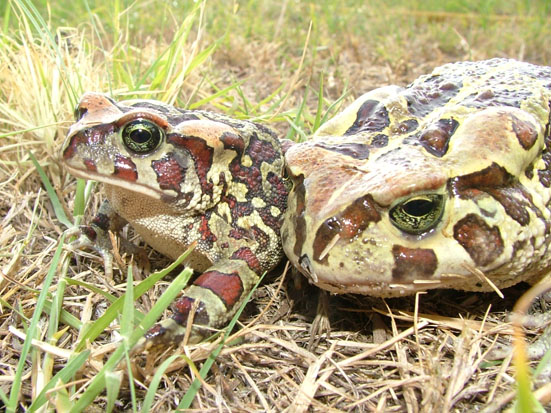Zeekoevlei

Zeekoevlei Nature Reserve
Zeekoevlei is a 250ha water body located half an hour’s drive from Cape Town in the south-western corner of the densely urbanised Cape Flats. The vlei is bordered by the suburbs of Grassy Park, Lotus River and Pelican Park. One of our first records of Zeekoevlei comes from a visit by Jan Van Riebeek in 1656, when he described the vlei as “quite a large lake, as broad as the River Maas, and about two hours walk in circumference, with deep brackish water, full of hippopotami.” While the hippos disappeared long ago from Zeekoevlei, neighbouring Rondevlei Nature Reserve is home to the only group of hippos in the greater Cape Town area.

Zorro the hippo at the pans in Strandfontein. Picture: SHELLEY CHRISTIANS
Zeekoevlei was proclaimed a local authority nature reserve in June 2000 and is one of the youngest conservation areas in Cape Town. Zeekoevlei is unique in being a fully urban nature reserve where much of its boundary is openly shared with 136 private homeowners. On the western and southern shorelines, two environmental education centres provide environmental education to around six thousand schoolchildren a year.
The Cape Flats Lowlands has the highest concentration of threatened plants per area of remaining vegetation in the world. Zeekoevlei is surrounded by low coastal dunes with Cape Flats thicket on alkaline sands in the south and transitional sand plain fynbos in the north. According to the City of Cape Town’s Biodiversity Network Prioritisation Project:
- Cape Flats sand fynbos is critically endangered and hardly protected
- Cape Flats dune strandveld is endangered and poorly protected
- Cape lowland freshwater wetlands are vulnerable and poorly protected.
A peninsula separates Zeekoevlei Nature Reserve from Rondevlei Nature Reserve.
Up to 230 different species of birds have been sighted at Rondevlei. The endangered Western Leopard Toad, bufo pantheris, is found only in the Fishhoek Valley, Zandvlei, Rondevlei and Kleinmond. Both Zeekoevlei and Rondevlei Reserves are part of the False Bay Ecology Park (FBEP). The FBEP includes the Strandfontein pans, part of the Cape Flats Waste Water Treatment Works, the fifth most important wetland bird habitat in Southern Africa.

The Western Leopard Toad is endangered
The residents of Zeekoevlei near Grassy Park, in partnership with city officials, are getting involved in protecting the last vestiges of Cape Flats biodiversity…in a variety of ways.
Bottom Road borders the northern bank of Zeekoevlei. Sand plain fynbos wetland once thrived on the northern shore. However, urbanisation took its toll and for many years people used the area for dumping old car tyres and rubbish. Residents of Bottom Road, nature conservation officials, the national Working for Wetlands programme and the Table Mountain Fund joined forces to create a conservation sanctuary out of residents’ gardens. Tons of rubble and alien kikuyu grass were removed and replaced with 10 000 indigenous fynbos plants. Bottom Road now boasts the world’s second wild population of Erica verticillata, the Cape Flats Erica, which was once thought extinct.
Calvin Cochrane, a resident who participated in the Bottom Road rehabilitation, says: “I saw a community spirit being built up. It’s something we haven’t got anymore but I’ve seen the benefits of this project and I’ve seen what it’s done for this community. This project has opened a lot of people’s eyes. We can change people’s attitudes.”

Bottom Road Rehabilitation, Zeekoevlei

Recent Comments